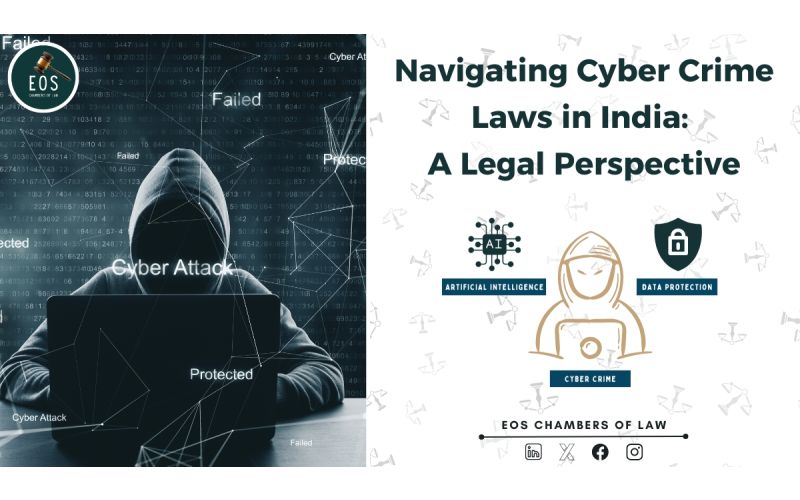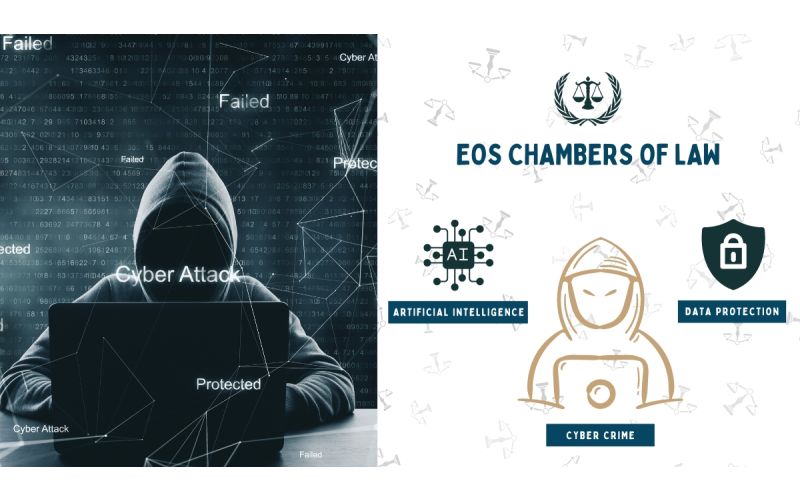E-Courts: The Future of Judiciary in India

E-Courts: The Future of Judiciary in India
India’s judiciary is at a crossroads, with digitization and judicial reforms paving the way for increased efficiency, transparency, and accessibility. The e-Courts initiative, launched by the Indian judiciary under the National e-Governance Plan (NeGP), is a transformative step toward modernizing the country’s legal system.
What is the e-Courts Project?
The e-Courts project aims to provide ICT-enabled services to litigants, lawyers, and the judiciary. It includes the establishment of digital infrastructure in courts, enabling electronic filing (e-filing), virtual hearings, and online access to case information.
Launched in 2007, the initiative is being implemented in three phases:
- Phase I (2007–2015): Focused on computerizing district and subordinate courts and providing basic digital infrastructure.
- Phase II (2015–present): Introduced e-filing, case status portals, and video conferencing facilities.
- Phase III (2021 onwards): Emphasizes judicial process automation, artificial intelligence, and an open data policy.
Key Features of E-Courts
- Online Case Management Systems:
Litigants and lawyers can view case statuses, cause lists, and judgments online, ensuring transparency and reducing physical visits to court. - E-Filing and Virtual Hearings:
Documents can be filed digitally, and virtual courtrooms allow hearings via video conferencing, saving time and resources. - Digital Case Records:
Court records are being digitized to ensure easy access and prevent document loss. - Integrated Online Payment:
Enables litigants to pay court fees and fines digitally.
Benefits of E-Courts
- Enhanced Accessibility:
Rural litigants and those with limited mobility can access judicial services online, reducing disparities in access to justice. - Efficiency:
Digitization speeds up case management, reducing the pendency of cases—a significant issue in India’s overburdened judiciary. - Transparency:
Online case tracking enhances trust in the judicial process by making case information publicly available. - Cost-Effectiveness:
Virtual hearings and e-filing reduce the expenses associated with physical court visits.
Challenges in Implementation
- Digital Divide:
Limited internet access and technological literacy in rural and underprivileged areas hinder the widespread adoption of e-Courts. - Data Security:
Protecting sensitive judicial data from cyber threats is a critical concern. - Resistance to Change:
Traditionalists within the legal fraternity may resist adopting new technologies. - Infrastructure Gaps:
Many courts still lack adequate digital infrastructure and trained personnel.
The Way Forward
- Capacity Building:
Training programs for judges, lawyers, and court staff will facilitate smoother adoption of e-Courts. - Public Awareness:
Outreach initiatives to educate litigants about the benefits and use of e-Courts can bridge the digital divide. - Robust Cybersecurity Measures:
Implementing stringent data protection policies will safeguard sensitive information. - AI Integration:
Leveraging artificial intelligence for predictive case management, legal research, and decision support can revolutionize the judiciary.
Conclusion
E-Courts represent a monumental leap toward a more accessible, efficient, and transparent judiciary in India. While challenges persist, a phased approach to implementation, coupled with investments in digital infrastructure and public awareness, will ensure the judiciary evolves in tandem with technological advancements.
The e-Courts initiative is not just a step forward; it’s the foundation for a judicial system that is future-ready, equitable, and just.
Post Categories
Featured Posts
Latest Posts
Latest Posts

Navigating Cyber Crime Laws in India A Legal Perspective...
The rapid proliferation of digital technologies has transformed India rsquo s social economic and professional landscape While digitalization brings efficiency and innovation it also exposes individuals and businesses to cybercrime risks As a lawyer in India it is crucial to...

Supreme Court Dismisses PIL Seeking Independent Audit Of EVM Source Codes...
The Supreme Court on Friday refused to entertain a Public Interest Litigation PIL seeking an independent audit of source codes of Electronic Voting Machines EVMs The bench comprising CJI DY Chandrachud Justice JB Pardiwala and Justice Manoj Misra noted that...

Won t interfere with firecracker ban in Delhi SC...
Ahead of the festive season the Supreme Court on Wednesday said that it would not interfere with a decision of a state government if it decides to impose a complete ban on firecrackers including green crackers to check pollution level...

Evolving Social and Constitutional Rights for LGBTQ Communities...
The journey toward equality for LGBTQ communities in India has been marked by significant legal and social milestones From the decriminalization of same-sex relationships to ongoing debates about marriage equality and adoption rights the evolution of LGBTQ rights reflects the...

Why Is CARA Delaying Adoption Process Supreme Court Calls For Prompt Action To Benefit...
The Supreme Court on Friday raised serious concerns over the delays in the adoption process and the potential impact on both aspiring parents and children in need of loving homes The remarks came from a bench comprising CJI DY...

AI Data Protection and Cyber crime Navigating Through the Nexus...
It was the dawn of the Digital Revolution in the latter half of th century that started to reshape the world But with the advent of AI data protection and cybersecurity have become paramount concerns for individuals businesses and governments...

Speak With Our
Get a Appointment
















